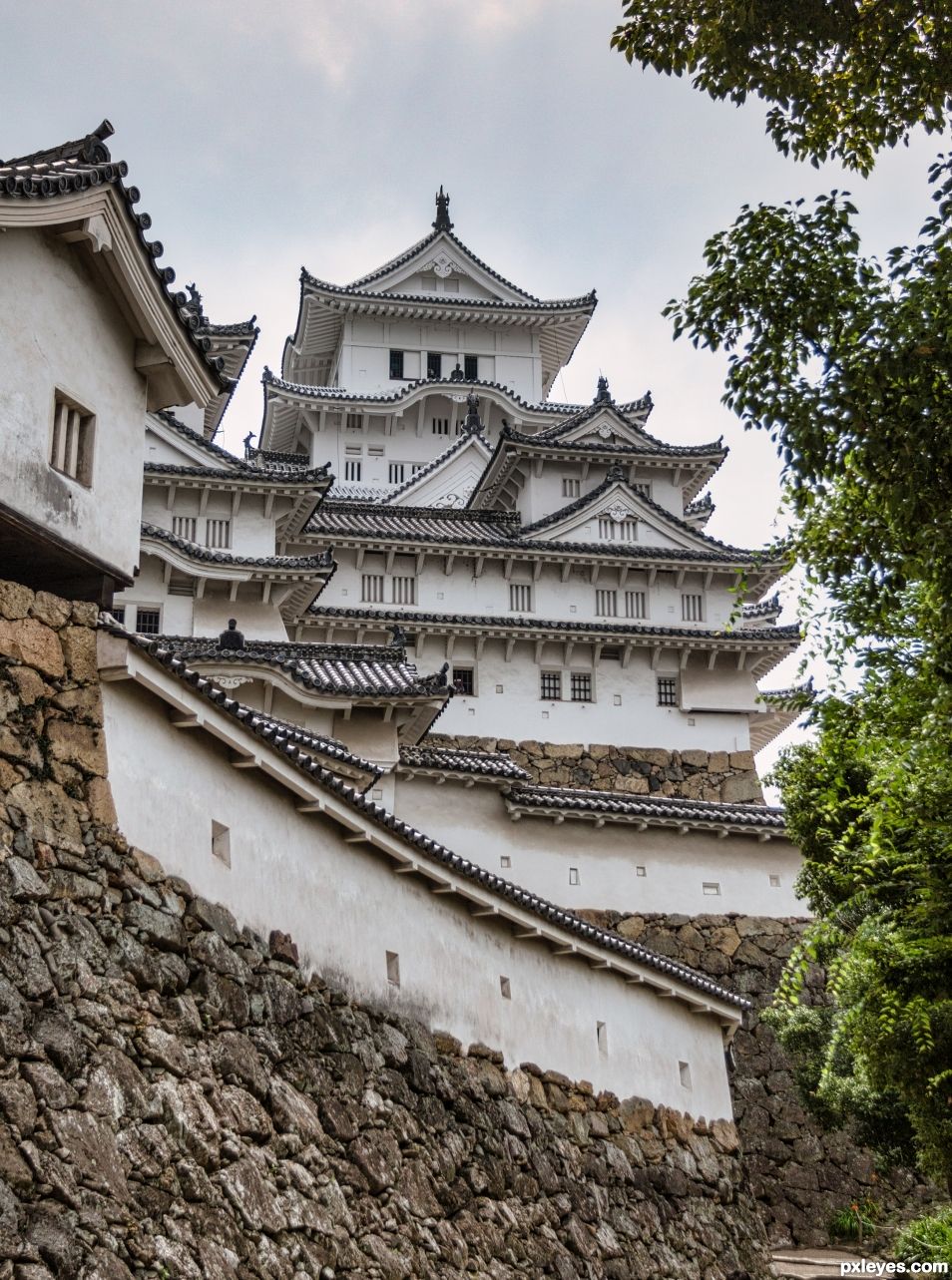
- Camera: Canon
- Camera model: Canon EOS 70D
- Exposure time: 1/2000
- Aperture: f/4.0
- ISO: 100
Himeji Castle is a hilltop Japanese castle complex located in the city of Himeji, Japan. The castle is regarded as the finest surviving example of prototypical Japanese castle architecture, comprising a network of 83 buildings with advanced defensive systems from the feudal period. The castle is frequently known as ("White Egret Castle" or "White Heron Castle") because of its brilliant white exterior and supposed resemblance to a bird taking flight. (5 years and 1030 days ago)

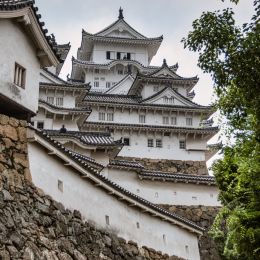



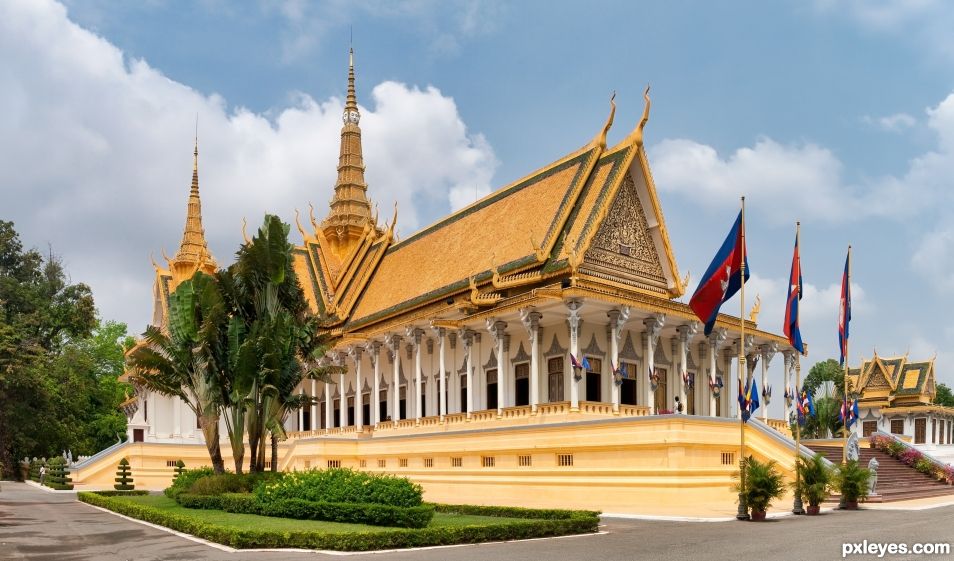
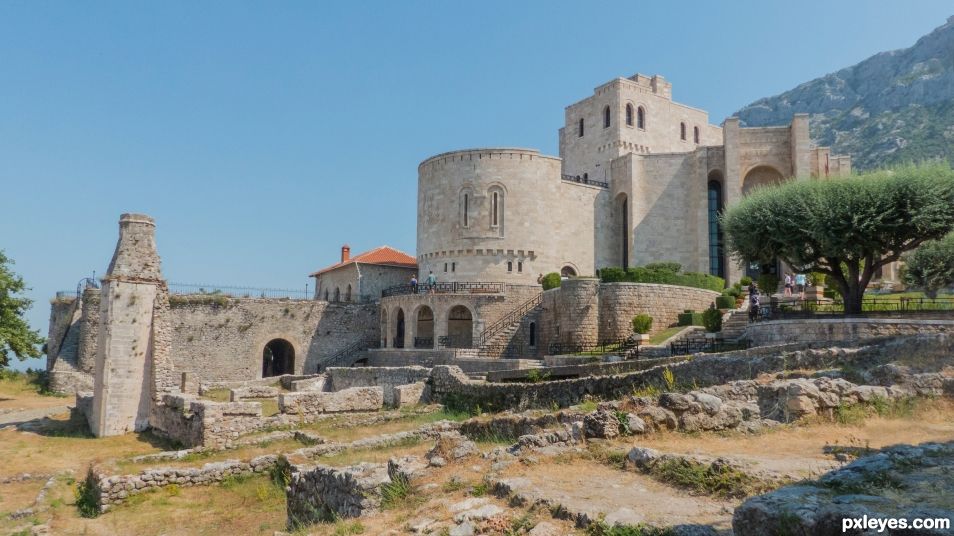
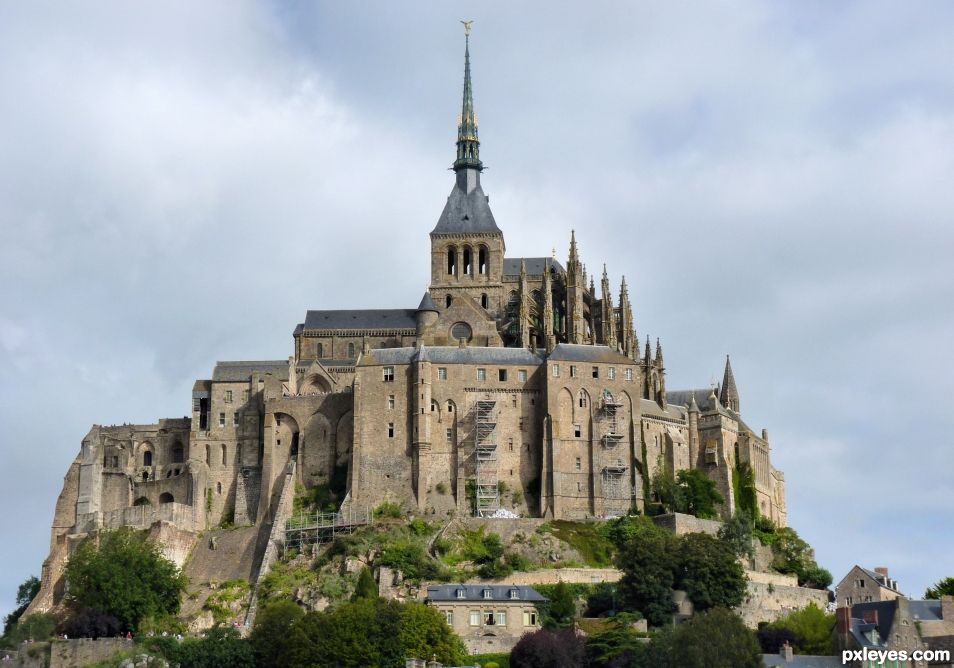
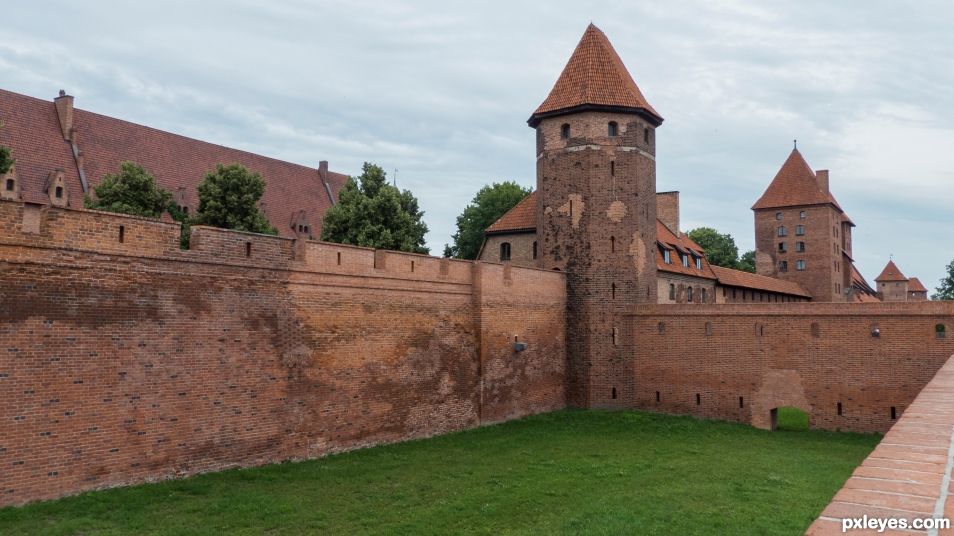






A lovely POV really makes this shot.
Congrats again Vibeke, 1 & 2, this is a very interesting looking castle.
Thanks Megan, it was the only castle I saw in Japan that looked like a castle to me.
Great presentation and Congrats.
Thanks Still
Howdie stranger!
If you want to rate this picture or participate in this contest, just:
LOGIN HERE or REGISTER FOR FREE